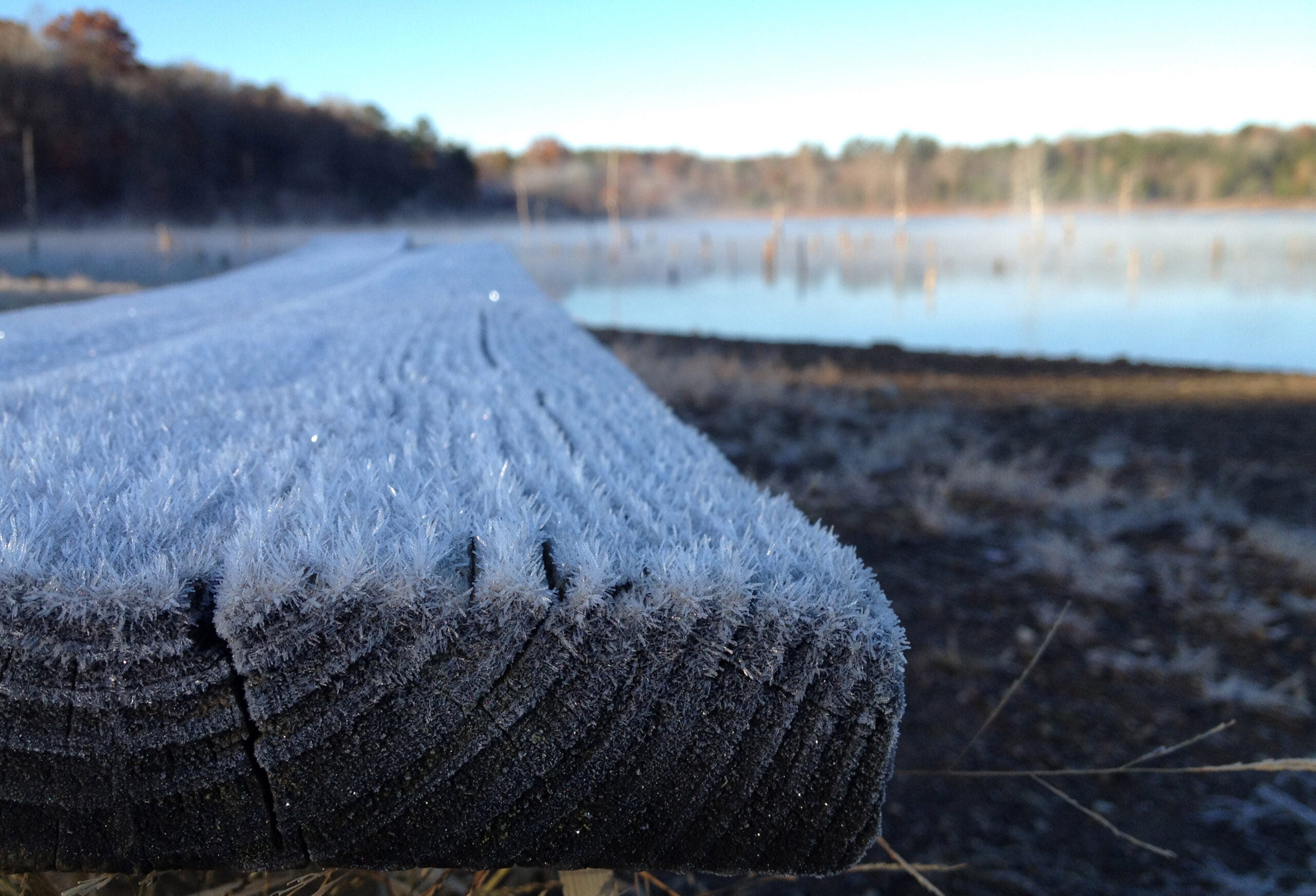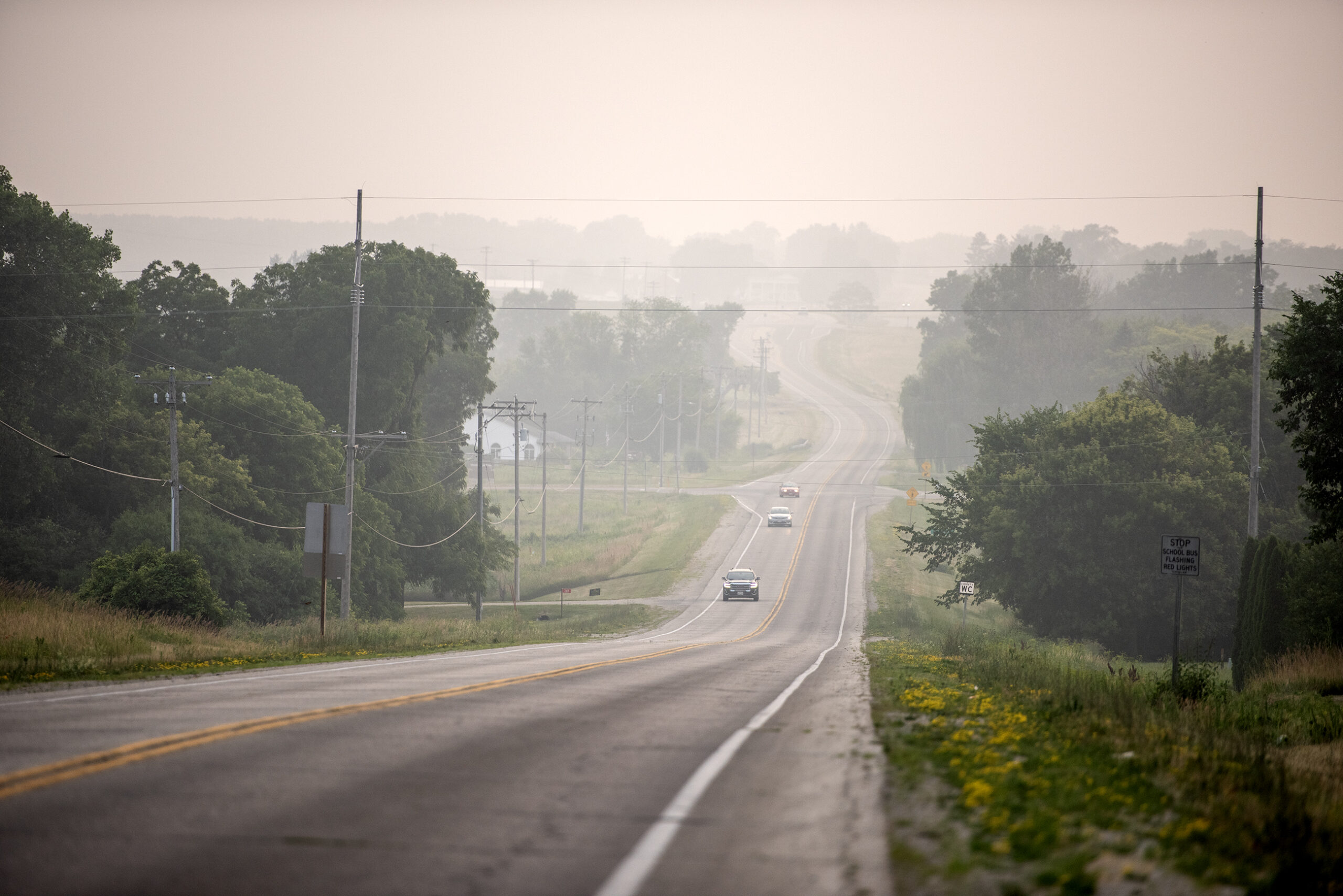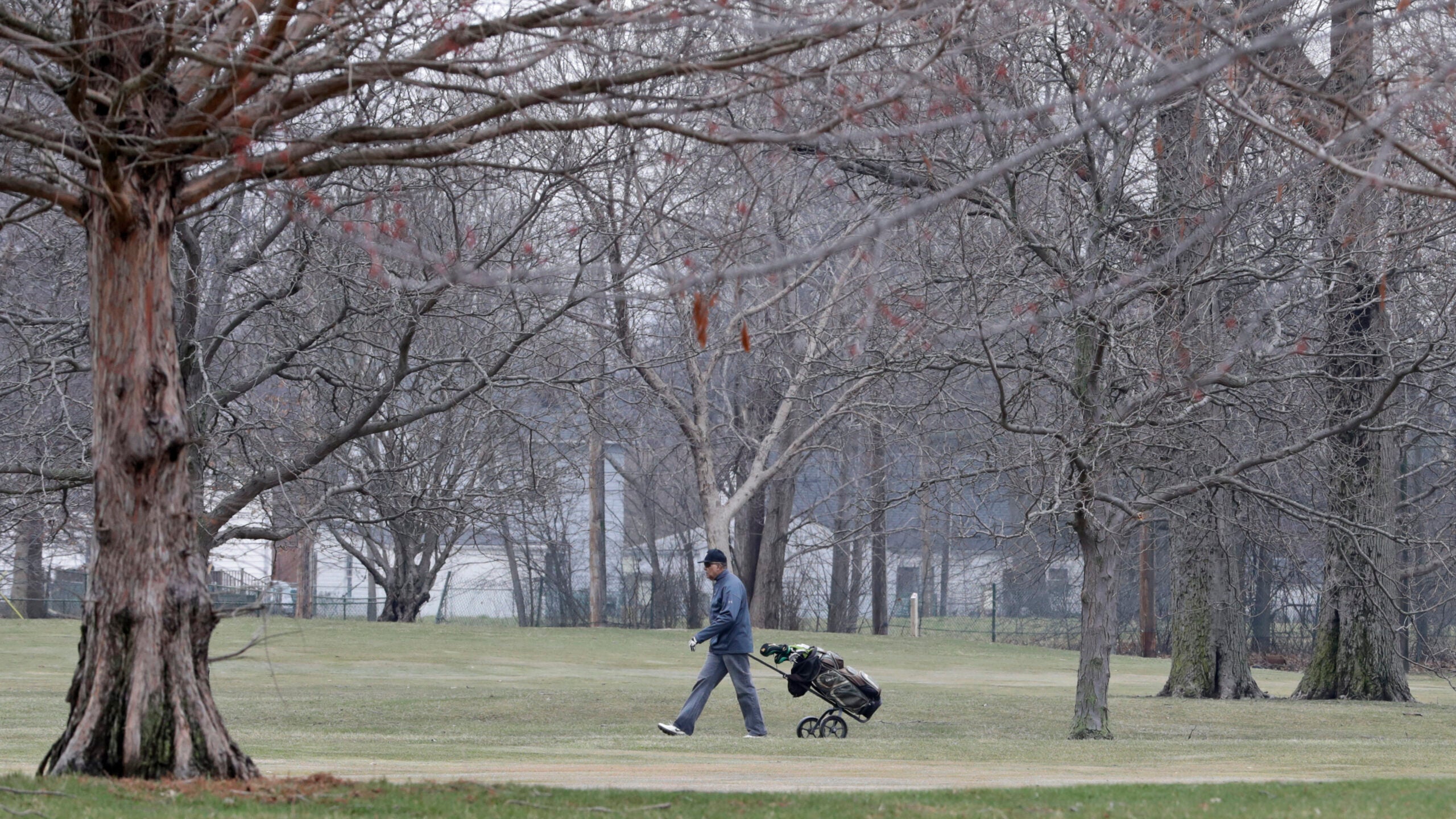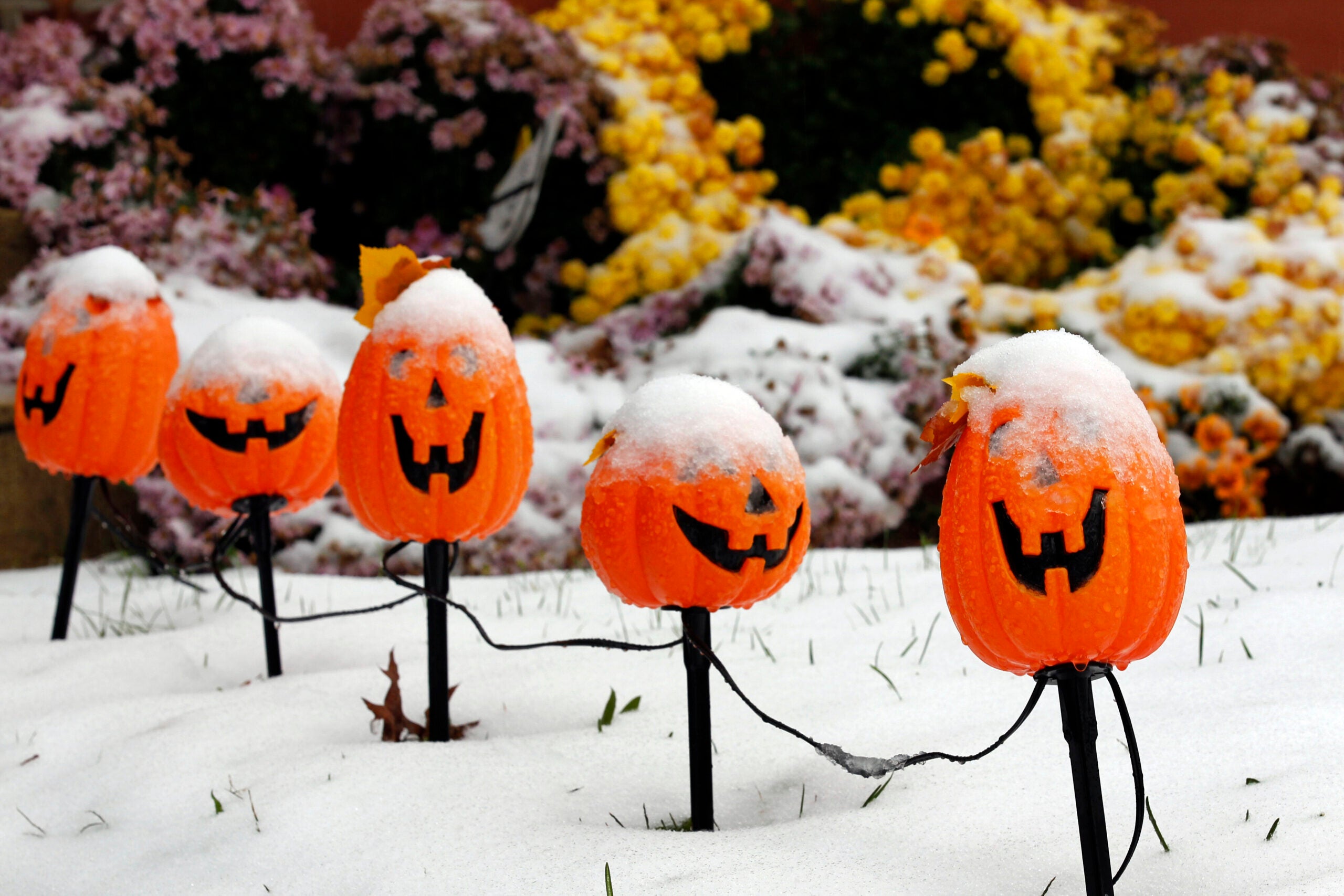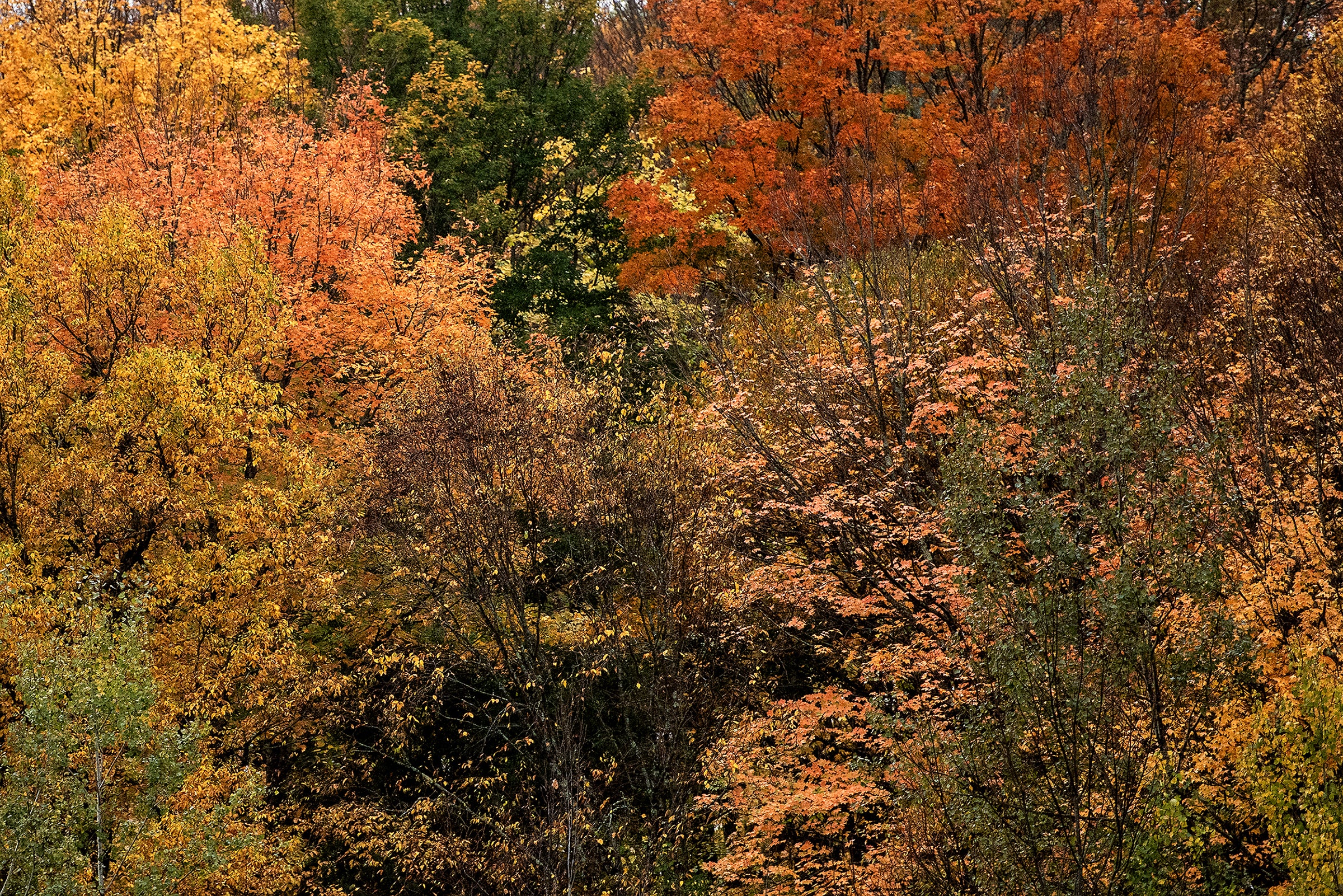Many areas of Wisconsin have enjoyed above average temperatures this fall.
La Crosse had the latest first frost on record this year, finally dropping to freezing temperatures last week.
Some researchers say this year’s mild weather could be the new normal.
Stay informed on the latest news
Sign up for WPR’s email newsletter.
“We’ve been seeing this trend of later and later cooler temperatures in southern and western Wisconsin and we’re not really sure of the cause of that,” said Jordan Gerth, associate researcher at the University of Wisconsin-Madison.
“Some of it could be due to more global patterns or it just it may be coincidence,” Gerth said.
This year’s warmer weather has been especially helpful to farmers working to bring in a bumper crop of corn and soybeans.
And if the state continues to see more mild weather in October and November, Gerth said that could help producers in the future.
“If this trend keeps up over the next 10 to 20 years, certainly Wisconsin will end up with a longer growing season and that is going to impact our agriculture,” Gerth said.
Gerth said researchers are also paying attention to how spring and summer are impacted by global changes in weather.
Despite weeks of warm weather, winter may not be as mild this year.
Dan Jones, meteorologist from the National Weather Service in La Crosse, said the weather can change very quickly as the state transitions into winter.
“It won’t take long for the cooler air to actually start filtering into the region and we can be back into winter really quickly or at least back down to normal temperatures,” said Jones.
The National Weather Service has predicted a drop in temperatures over the weekend, with a chance of snow in northwest Wisconsin.
Jones said temperatures could fall below normal levels this winter, but it’s too early to predict how much precipitation the state will get in the coming months.
Wisconsin Public Radio, © Copyright 2024, Board of Regents of the University of Wisconsin System and Wisconsin Educational Communications Board.

